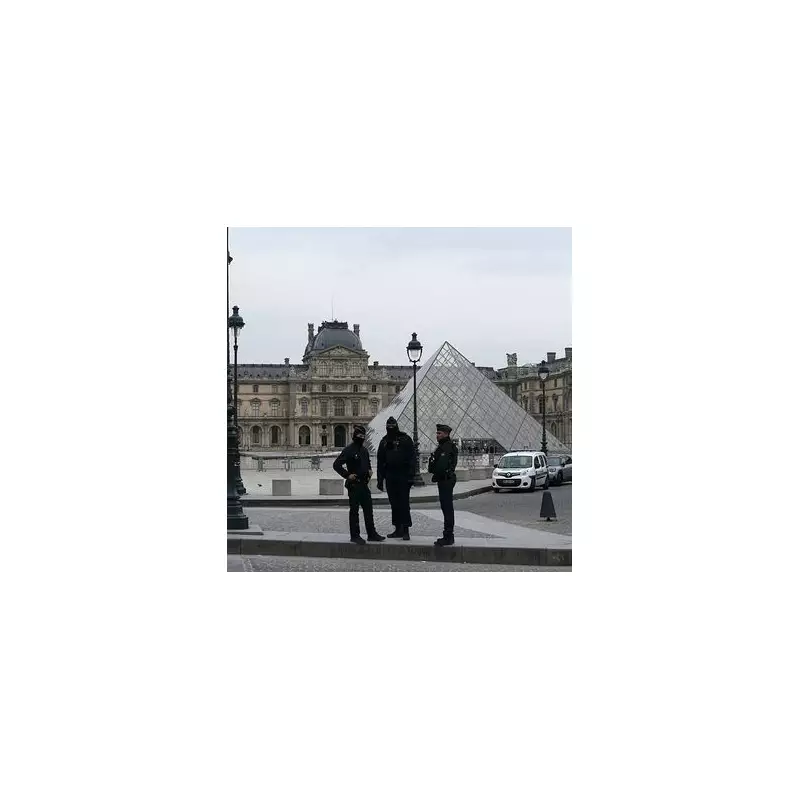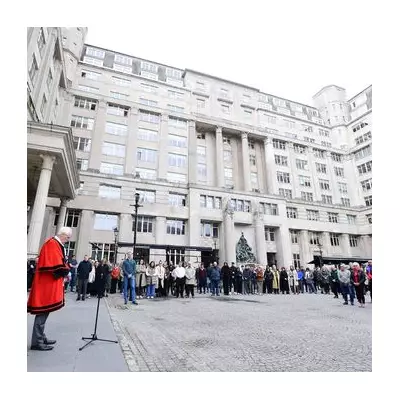
In a dramatic turn of events that reads like a thriller novel, French prosecutors have resurrected one of the art world's most perplexing mysteries - the audacious 1998 robbery at the legendary Louvre Museum.
The case, which has remained cold for over three decades, has been officially reopened after investigators uncovered compelling new evidence that could finally identify the culprits behind the brazen heist.
The Night That Shook the Art World
On that fateful evening in May 1998, thieves executed a meticulously planned operation that saw them make off with a 16th-century engraved rifle and an ornate powder flask from the museum's prestigious Arms and Armour collection. The stolen pieces, valued for both their historical significance and artistic merit, vanished without trace.
What made the theft particularly galling for authorities was the apparent sophistication of the operation. The perpetrators bypassed the Louvre's security systems with what investigators described at the time as "alarming ease."
A Break in the Case
The breakthrough came unexpectedly when French law enforcement agencies, during a routine review of cold cases, identified previously overlooked forensic evidence and witness statements that point toward specific individuals.
While officials remain tight-lipped about the exact nature of the new evidence, sources close to the investigation suggest it includes both physical forensic material and digital analysis of historical records that weren't available to original investigators.
International Implications
The reopening of the case has sent ripples through international art crime circles. The Louvre robbery has long been considered a textbook example of how major cultural institutions can be vulnerable to determined thieves, despite sophisticated security measures.
Art recovery experts note that stolen artefacts of this calibre rarely surface on the open market, suggesting they may be in private collections or have been broken down for parts - a common fate for historically significant weapons.
The Paris prosecutor's office has confirmed that multiple investigative teams are now pursuing active lines of inquiry, raising hopes that after 35 years of silence, justice may finally be within reach.





